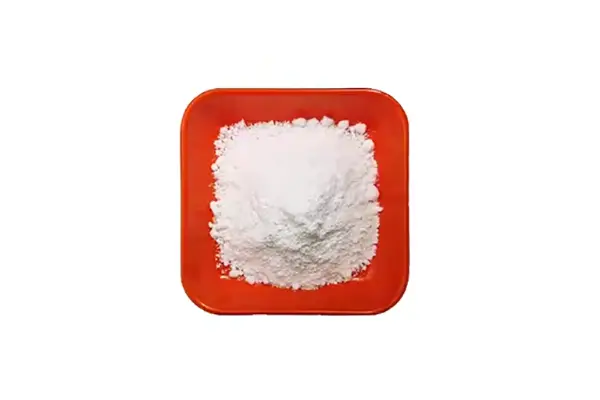Iron pyrophosphate is a compound that holds significant importance in various industries, including food, pharmaceuticals, and materials science. Understanding the preparation method of iron pyrophosphate is crucial for ensuring its quality and desired properties.The synthesis of iron pyrophosphate involves a series of carefully controlled steps to achieve the desired chemical composition and physical characteristics. Let’s delve into the preparation method:
- Selection of Starting Materials:
The synthesis begins with the selection of appropriate starting materials, typically iron salts (such as iron chloride, iron sulfate, or iron nitrate) and a source of pyrophosphate ions (such as disodium pyrophosphate). These materials should meet specific quality standards to ensure the purity and consistency of the final product.
- Reaction and Precipitation:
In the next step, the selected iron salt and pyrophosphate source are dissolved in a suitable solvent, often water, to create a reaction mixture. The reaction mixture is then heated or subjected to other conditions to promote the formation of iron pyrophosphate. This process involves the precipitation of iron pyrophosphate crystals, which gradually settle or are separated from the solution.
- Washing and Drying:
Once the iron pyrophosphate crystals have formed and settled, they are washed with a solvent to remove any impurities or byproducts from the synthesis process. Washing helps improve the purity and quality of the final product. After washing, the crystals are carefully dried using methods such as air drying or low-temperature drying to remove residual solvents and moisture.
Factors Influencing Iron Pyrophosphate Synthesis
Several factors can influence the synthesis of iron pyrophosphate, affecting its characteristics and properties. Let’s explore some of the key factors:
- Reaction Conditions:
The reaction conditions, including temperature, pH, and reaction time, play a critical role in the synthesis process. These factors can impact the crystal size, morphology, and purity of iron pyrophosphate. Controlling the reaction conditions allows for the optimization of the synthesis process to achieve the desired physical and chemical properties of the final product.
- Stoichiometry and Concentration:
The stoichiometric ratio between the iron salt and pyrophosphate source, as well as their concentrations in the reaction mixture, can significantly influence the synthesis. The precise control of these parameters ensures the correct chemical composition of iron pyrophosphate and minimizes the formation of undesired byproducts.
- Additives and Catalysts:
Additives or catalysts may be introduced during the synthesis process to enhance the reaction kinetics, crystal growth, or stability of iron pyrophosphate. These additives can modify the particle size, surface area, or other properties of the final product. Common additives include surfactants, complexing agents, or pH modifiers, which can be tailored based on the desired application of the iron pyrophosphate.
Applications and Future Directions
Iron pyrophosphate finds applications in various industries, ranging from food fortification to materials science. Some notable applications include:
- Food and Nutritional Supplements:
Iron pyrophosphate is used as a source of iron in food fortification, providing a means to address iron deficiency in certain products. Its stability and bioavailability make it a popular option for fortifying cereals, infant formulas, and other food products.
- Pharmaceuticals and Drug Delivery Systems:
In the pharmaceutical industry, iron pyrophosphate is utilized in certain formulations as an iron supplement. It can be incorporated into drug delivery systems to ensure controlled release and targeted delivery of iron to the body.
- Materials Science and Energy Storage:
Iron pyrophosphate has shown promise in materials science for applications such as electrode materials in lithium-ion batteries. Ongoing research aims to explore its potential in energy storage systems for renewable energy technologies.
Conclusion
The preparation method of iron pyrophosphate involves a series of controlled steps, starting from the selection of high-quality starting materials to the washing and drying of the synthesized crystals. Factors such as reaction conditions, stoichiometry, and the use of additives or catalysts influence the synthesis process and the properties of the final product. Understanding the preparation method is crucial for ensuring the quality and desired characteristics of iron pyrophosphate, which finds applications in various industries, including food fortification, pharmaceuticals, and materials science. Ongoing research and advancements in synthesis techniques continue to expand the potential applications of iron pyrophosphate in the future.
Post time: Apr-08-2024











